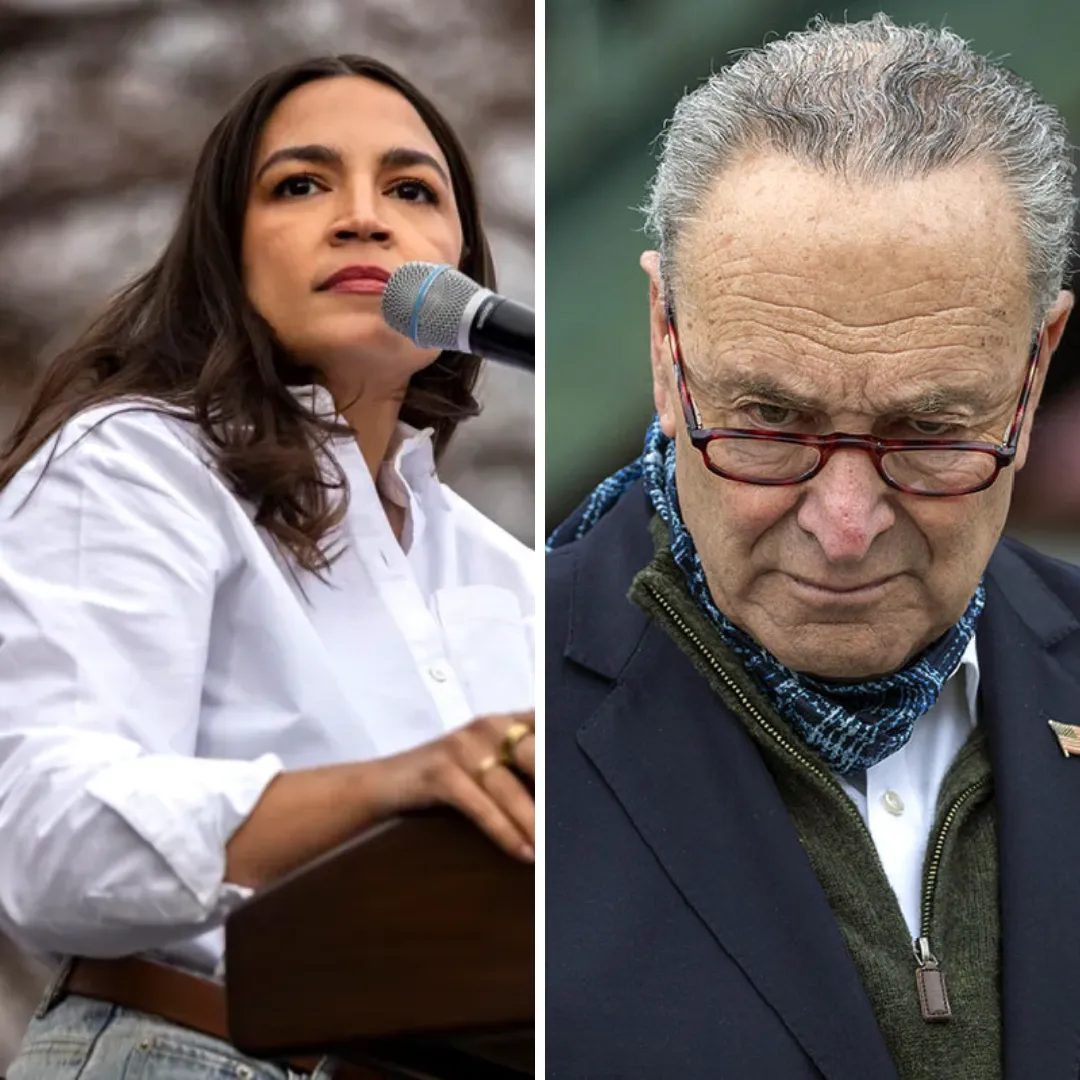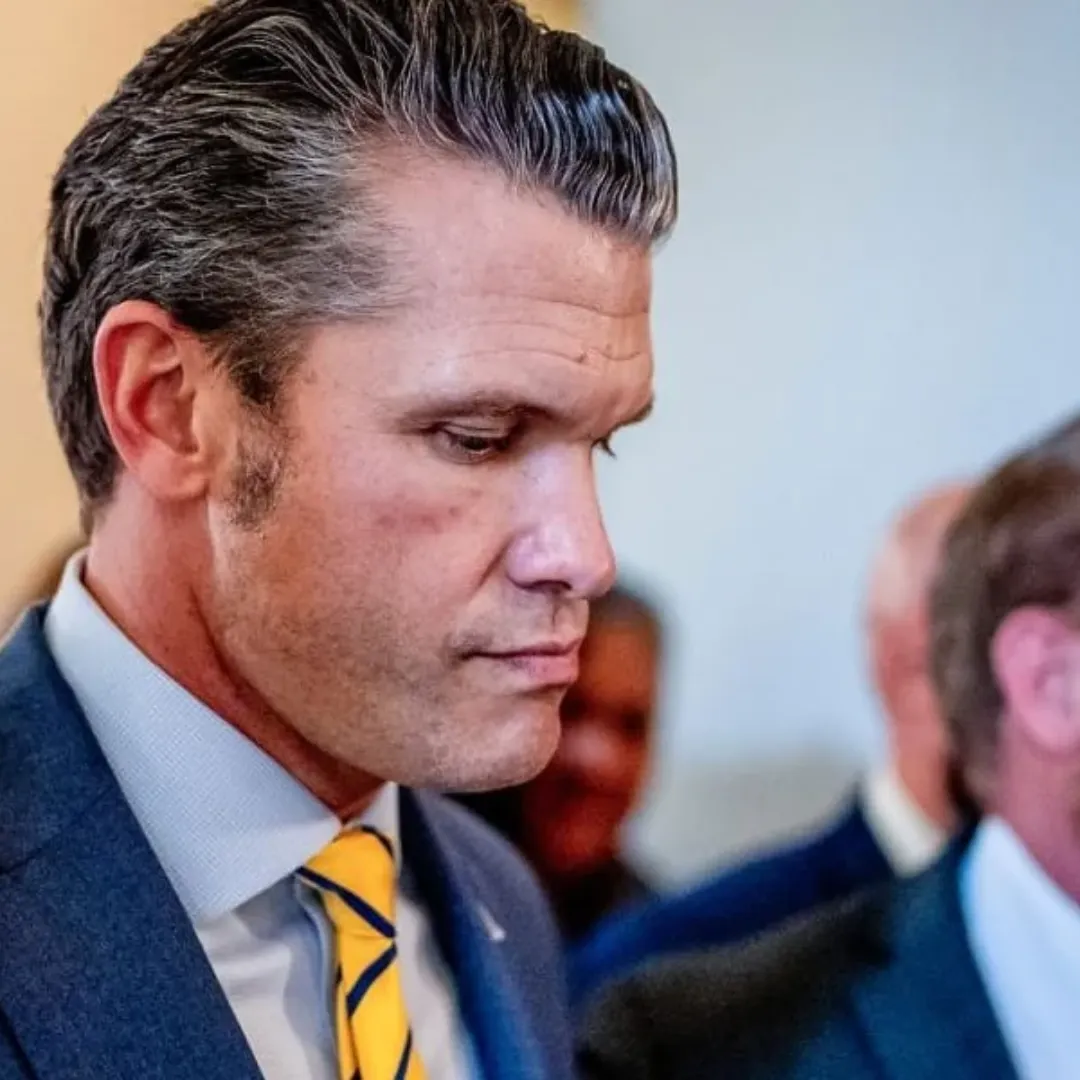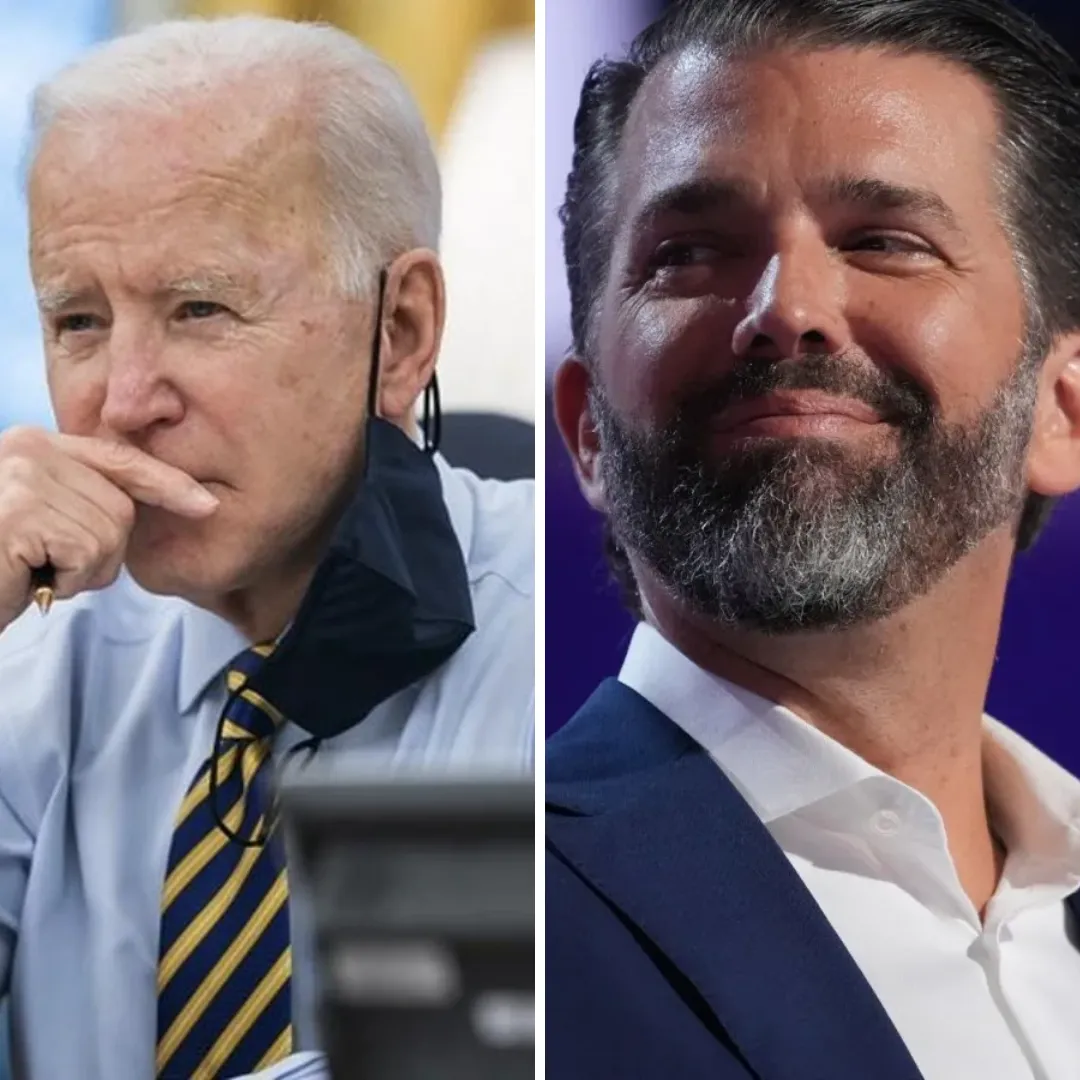
As Democrats grapple with the sobering reality of losing the White House and slipping into the minority in both chambers of Congress, Minnesota Governor Tim Walz is emerging as one of the first prominent names testing the waters for a potential 2028 presidential bid.
Walz, who served as Kamala Harris’s running mate in the 2024 election, is set to deliver high-profile speeches later this month at Democratic state conventions in South Carolina and California—two influential party strongholds that could help shape the early contours of the next presidential primary.
His planned appearances on May 31 are the latest in a string of visits to key early-voting states. In recent months, Walz has quietly built a national profile by visiting Iowa, South Dakota, and Nebraska, while also speaking before progressive organizations and grassroots groups.
Though he hasn’t formally declared his candidacy for president, Walz has made no effort to shut down speculation, and his political maneuvers suggest a deliberate effort to keep that door wide open. When asked recently about 2028, he said only that he was "not ruling out" a presidential run.
That strategic ambiguity has fueled talk among Democrats about where he fits in an increasingly crowded field of potential contenders. While Walz is widely expected to seek a third term as governor of Minnesota in 2026, he has opted against a run for the U.S. Senate, leaving open a political runway for a larger campaign.
With Senator Tina Smith retiring, some expected him to jump into the Senate race. But his decision to stay out has only intensified speculation that his ambitions lie beyond Capitol Hill.

His rise from a relatively unknown Midwestern governor to national attention came swiftly in the heat of the 2024 election. When Joe Biden made the late and unprecedented decision to step aside just months before Election Day, Kamala Harris selected Walz as her vice-presidential pick.
The sudden ticket change was a shock to the Democratic Party, and though Walz brought executive experience and Midwestern appeal to the race, it wasn’t enough to stop Donald Trump’s momentum.
The Trump-Haley ticket ultimately defeated Harris and Walz, flipping key swing states and securing the popular vote for the first time in two decades.
Despite the loss, Walz is one of the few Democrats emerging from that campaign with renewed relevance. His speeches since the election have focused on recalibrating the party’s message, especially after Democrats failed to hold Senate seats in Republican-leaning states like Montana and Ohio.
Speaking at Harvard’s Institute of Politics, Walz delivered a candid assessment of the party’s struggles. “If Jon Tester can’t win, you’re not going to find somebody that’s going to win the way it is in Montana, right now,” he said. “We have to fundamentally change who we are.”
That message—urgent, pragmatic, and reform-minded—has resonated with some Democrats who believe the party needs to break from old habits and rebuild its identity after a crushing electoral defeat.
Still, Walz faces the challenge of defining his lane in a primary that is already taking shape with diverse contenders. Governors like California’s Gavin Newsom and Illinois’s JB Pritzker are laying the groundwork for their own national campaigns.
Newsom has used a media-focused approach, launching a podcast and engaging with conservative guests, while Pritzker has stumped in New Hampshire and sought to steer the party’s response to the return of Trump.

Former Transportation Secretary Pete Buttigieg has remained a media fixture and recently held a town hall in Iowa. Harris, meanwhile, is rumored to be eyeing a gubernatorial bid in California, though her long-term sights could still be on a return to the national stage.
Progressive favorites like Senator Bernie Sanders and Representative Alexandria Ocasio-Cortez are also drawing attention, each continuing to energize large crowds and maintain their strong activist followings.
Against that backdrop, Walz must carve out a unique identity. While his comments suggest a critique of the Democratic Party from the left, some political analysts are unsure if that’s where his natural base resides.
“The left wing of the party is going to want somebody who is probably more dynamic, a more hard-edged fighter,” said Ray La Raja, a political science professor and co-director of the UMass Poll.
“He’s kind of positioned himself with his latest statements as being of the left of the party, so I don’t see the moderates taking him on.” That leaves Walz in a delicate position—attempting to appeal to reformist voters without alienating the centrist base that has kept him in office twice in a purple state.
Democrats as a whole are still trying to recover from the 2024 loss, and the path ahead is anything but certain. With Trump back in office and the GOP firmly in control of Congress, the opposition party is being forced into a reactive posture.
Legislative influence is scarce, and Democratic leaders are under pressure from voters to reinvent themselves fast enough to be competitive in the 2026 midterms and the 2028 general election.
The messaging war is already underway, and early candidates are not waiting for formal timelines or DNC approval to begin building their narratives.

That may be especially important in a primary where the order of contests is still unsettled. Under Biden, the DNC reshuffled the primary calendar to elevate South Carolina, a move designed to favor his own candidacy and reduce the influence of Iowa and New Hampshire.
With Biden no longer a political factor, it’s unclear whether those changes will hold, and the DNC is not expected to finalize the 2028 schedule until next year. Even so, candidates like Walz are already visiting traditional early states, knowing that early exposure could prove decisive.
Still, the political baggage of 2024 may follow Walz wherever he goes. Serving as Harris’s running mate during a losing campaign may weigh heavily with some voters who question whether Democrats should risk nominating anyone tied to the party’s recent collapse.
Trump’s electoral dominance in swing states and his narrow but clear win in the popular vote have left Democrats searching for a new standard-bearer who feels both fresh and electable.
Whether Walz can overcome that perception and turn his campaign appearances into a durable movement remains to be seen. For now, he appears to be positioning himself as the candidate willing to challenge the party’s assumptions and take political risks.
His speeches in South Carolina and California will be closely watched—not just for content, but for tone, vision, and whether he can ignite the base at a time when enthusiasm is in short supply.

As Democrats face a long and uncertain road back to power, the early moves of figures like Walz may help shape the soul of the party—and determine who has the strength, clarity, and vision to lead it through one of the most daunting political recoveries in its modern history.



